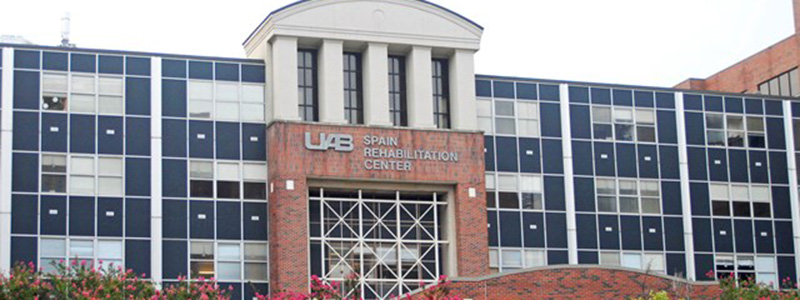Quaalude Detox Treatment Programs Artie WV
Home
Best Quaalude Detox Treatment Programs Artie WV Information
Quaalude Detox Treatment Programs Artie WV
Whereas some could be spiritual in their technique, others benefit from common medical methods. Furthermore, the speed at which an individual becomes addicted to a drug is dependent upon many factors and an individual’s sensitivity to a drug and how their body and brain respond to it. Resources and references Drugs, Brains, and Behavior: The Science of Addiction (PDF) – Booklet on drug addiction, including its effects on the brain and new approaches to preventing and treating the disease. (National Institute on Drug Abuse) Peer Pressure and Substance Abuse – Examines the impact of social pressure on people and how peers and social pressure can influence drug use and abuse (AlcoholRehab.com) Signs and Symptoms – Covers physical, behavioral, and psychological warning signs of drug use, as well as symptoms of drug dependence. (National Council on Alcoholism and Drug Dependence) Substance Abuse Symptoms Checklist – Checklist of substance abuse and drug addiction warning signs. 1-800-819-9973 When searching for a Christian treatment program, there are a few things to consider and at the top of the list should be the number of people who complete the program. Drug Rehab Center centers in Texas specialize in the treatment of alcohol and drugs, and the dual approach of religion and addiction recovery has become very popular.
Meetings for Drug Addiction You or your loved one can access free local community support from 12 Step fellowships such as Narcotics Anonymous, Cocaine Anonymous and Alcoholic Anonymous. Drug and Alcohol treatment and recovery is a long term process.
Below are Some Even more Resources on Ecstasy Addiction Program

Right here are Some Even more Resources on Demerol Addiction Treatment Artie WV
They do not all reflect the positive side of recovery in the world of addiction, nor do they all initially make us feel good. Substance abuse can be treated with the same methods used to treat addiction, using behavioural-based therapies and/or medications. A guided aftercare program is essential to maintaining sobriety. They have an additional hotline: (301) 251-5154 which offers info about national and community programs in order to stop drug abuse and drug trafficking.
Here are Some Even more Information on Demerol Addiction Treatment
Individual factors that help you in drug rehab include: the degree of support from family and friends willingness to be honest and open your motivation to change Family and friends can play critical roles in helping you enter and stay in treatment. As a result, a person could easily anticipate an incredibly low cost or perhaps complimentary help.
More Resources For Ecstasy Addiction Program Artie WV
Avoid emotional appeals that may only increase feelings of guilt and the compulsion to use drugs. When you contact us at DrugRehab.org, we will give you the information you need to make informed treatment decisions, tell you about our treatment facilities, and help you begin your recovery path.How do we talk to each other?  It’s one thing to tell somebody something they need to know, but it’s quite another story for them to hear you. If a medical detox is necessary, the client will receive detox services at the drug detox center located within most facilities. Such approaches are the quintessential features of Twelve-step programs, originally published in the book Alcoholics Anonymous in 1939.[26] These approaches have met considerable amounts of criticism, coming from opponents who disapprove of the spiritual-religious orientation on both psychological[27] and legal[28] grounds. While your genes, mental health, family and social environment all play a role, risk factors that increase your vulnerability include: Family history of addiction Abuse, neglect, or other traumatic experiences Mental disorders such as depression and anxiety Early use of drugs Method of administration—smoking or injecting a drug may increase its addictive potential Drug addiction and the brain While each drug produces different physical effects, all abused substances share one thing in common: repeated use can alter the way the brain functions. Our compassionate and experienced admissions counselors are on standby to answer any questions you may have about our program and how we can help you. Most inpatient centers offer family programs, where members of the patient’s family participate in family counseling and activities.
Click Here for More Information
Previous Next
You may also like:
Fentanyl Addiction Treatment Centers Athol MA
Detox From Drugs And Alcohol Manito IL
Campral Detox Treatment Facilities Harrah OK
Demerol Addiction Facilities Leonardville KS
Marijuana Addiction Program Copperas Cove TX
Oramorph Addiction Detox Facility Dwight KS
Fioricet Addiction Clinic Quitman AR
Methamphetamine Detox Treatment Programs Eddyville OR
Rohypnol Rehab Center Near Me Kodiak AK
Roxiprin Detox Clinic Pageton WV
Focalin Addiction Rehab Clinic Amston CT
Duragesic Abuse Clinics Heath OH
Campral Addiction Treatment Facility Dexter MO
Inpatient Rehab Near Me Iowa Falls IA
Meperidine Addiction Rehab Centers Dekalb IL
Roxicodone Addiction Detox Center Nellysford VA
Alcohol Drug Rehab Monument Valley UT
Hydromorphone Detox Treatment Bennington IN
Di-gesic Abuse Treatment Center Nanafalia AL
Steroids Rehab Programs Amalia NM